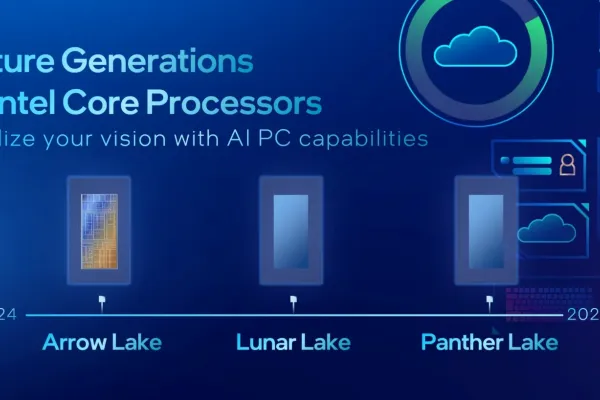AMD brings back Jim Keller as Chief Architect for CPU cores
AMD has managed to rehire Jim Keller from Apple. Keller was the lead architect of the K8 architecture and of the x86-64 specification, he will leave his post as a director in the platform architecture group at Apple to take up a position as AMD Corporate Vice President and Chief Architect for CPU cores.
AMD announced today that Jim Keller, 53, has joined the company as corporate vice president and chief architect of AMD's microprocessor cores, reporting to chief technology officer and senior vice president of technology and engineering Mark Papermaster. In this role, Keller will lead AMD's microprocessor core design efforts aligned with AMD's ambidextrous strategy with a focus on developing both high-performance and low-power processor cores that will be the foundation of AMD's future products.
» Read full story









 DigiTimes learned that AMD delayed its desktop Trinity APUs from August to October in order to make some adjustments to the processors' designs.
DigiTimes learned that AMD delayed its desktop Trinity APUs from August to October in order to make some adjustments to the processors' designs.
